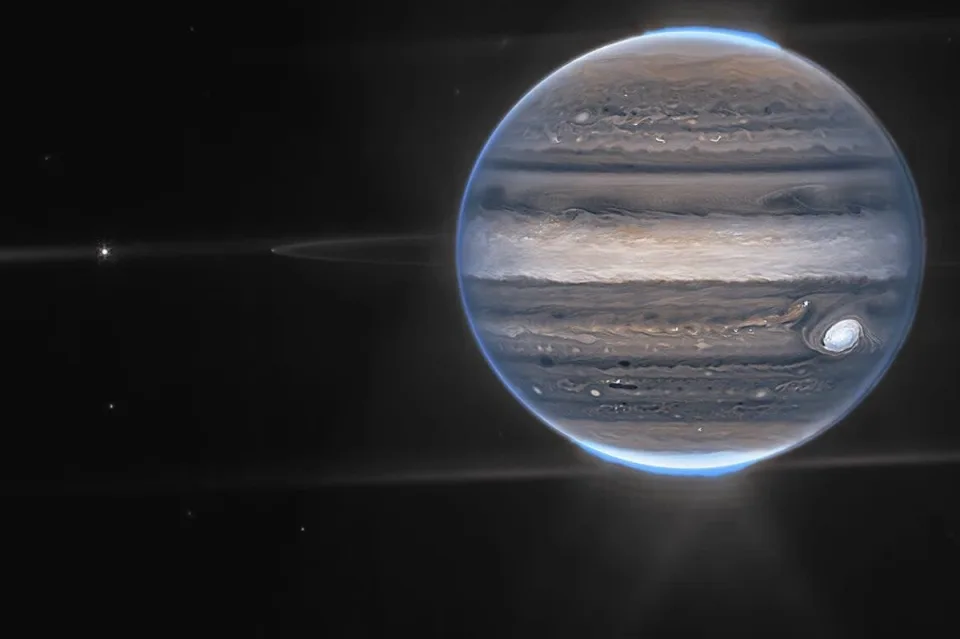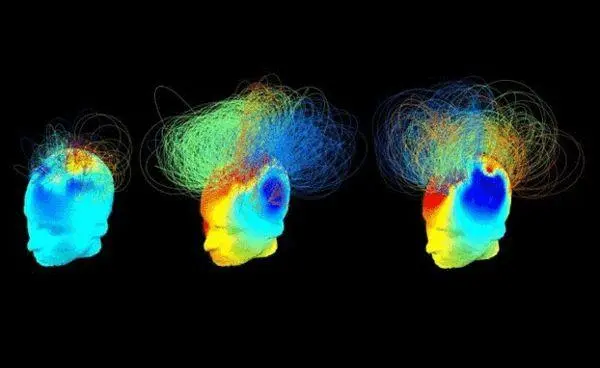The DART mission team recently observed the twin asteroid system Didymos for the first time, and the target asteroid Dimorphos is one of the small moons. NASA hopes the collision pushes Dimorphos into a closer orbit to Didymos, shaving minutes off its nearly 12-hour cycle. In the future, similar impacts could deflect threatening asteroids. But new simulations and laboratory experiments show that the success of the mission depends on whether the asteroids are a solid rock or a loose pile of rubble.
The answer will be revealed in the craters and ejecta produced by the impact, which may determine the difficulty of hitting the asteroid. Double asteroids are thousands of times more likely to hit Earth than the larger asteroids that have sparked previous mass extinction events, and they have the power to destroy a country, making these smaller objects an important piece of planetary defense efforts. The heaviest. But to ground-based telescopes, they’re little more than a tiny point of light, hard to detect, let alone study.
When one celestial body blocks another, their light is dimmed. By monitoring tiny fluctuations in light from Dimorphos and Didymos, NASA scientists can learn things like their rotational speed. This will allow scientists to design an autonomous navigation system that guides the dart closer to its prey with the help of new solar-powered ion thrusters.
But what will happen next, no one can say. “Assuming it’s a solid rock, we have a solid spacecraft that’s essentially playing a big game of billiards in space…basically solving it as a simple physics equation.” DART mission observation team When the target is composed of thousands of rocks, predicting the consequences of hitting it is much more difficult than predicting a solid boulder, said Cristina Thomas, a planetary scientist at Northern Arizona University who led the study.
Sabina Raducan, a planetary scientist at the University of Bern in Switzerland, said that if DART hit a fragile rubble target, the crater would form within hours, a process that could take months or even years to model.
Recently, DART deployed a cubesat the size of a bread maker, which will use two optical cameras to record the collision process and its results. Meanwhile, the James Webb and Hubble Space Telescopes and four ground-based observatories will take turns monitoring. If Dimorphos were a fragile pile of rubble, the telescope should be able to capture images of it within hours of impact, Thomas said.
In the case of a real asteroid threatening Earth, the solution is to hit the asteroid body hard enough to turn it around, but not so hard that it shoots small rock fragments at Earth. The DART mission will provide scientists with more data to refine planetary defense plans.




GIPHY App Key not set. Please check settings